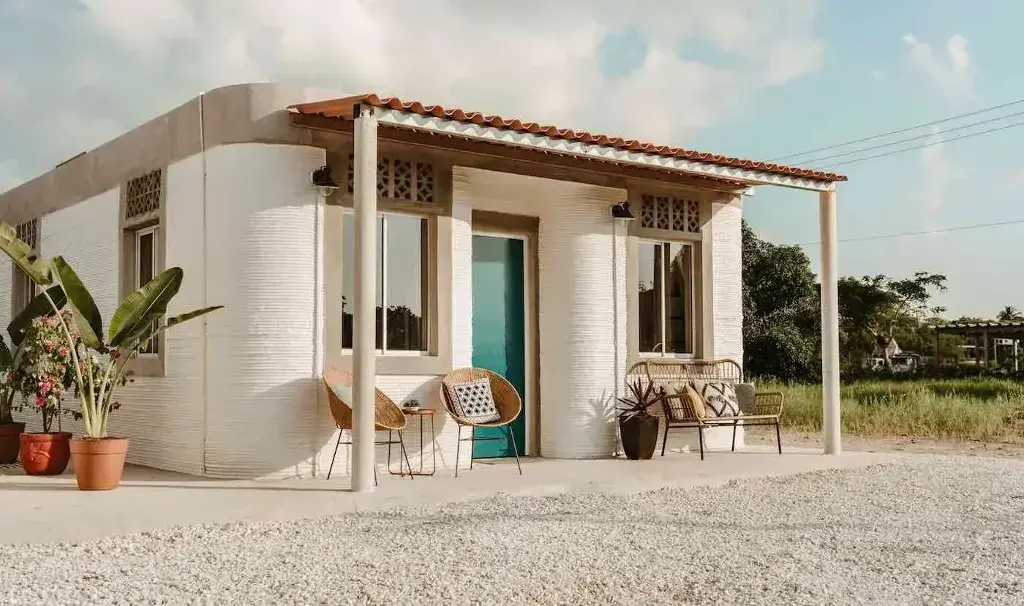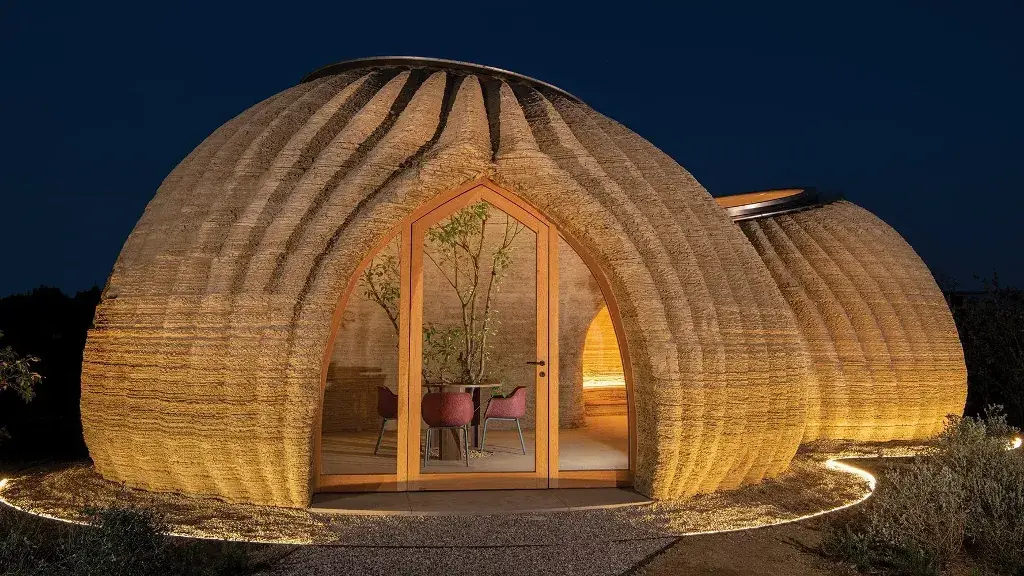3D printing has rapidly evolved from a tool for creating prototypes to a disruptive force in the construction industry, especially in the housing sector. 3D-printed homes are built using advanced modeling software and large-scale printers that layer materials like concrete to form walls and structures directly on-site. This innovative approach is gaining global attention for its potential to address affordable housing shortages, reduce construction costs, and minimize environmental impact.
As the technology matures, 3D-printed homes are being considered a viable solution for providing sustainable, cost-effective, and quickly constructed housing-offering new hope for communities facing rising material costs and labor shortages
The Benefits of 3D-Printed Homes

3D-printed homes stem from a blueprint designed using a modelling software program. The designer can tailor the layout at this stage of the process. Once it receives sign-off, the design gets sent to the printer, where everything gets processed. Then, the printing begins.
This is done layer by layer with a robot laying down the materials (often using a paste-like build mixture such as concrete). Once the foundations of the house have been printed, manual labour is needed to install the final features, such as windows and plumbing
In the UK, construction workers have been struggling to keep up with the government’s affordable housing targets, with rural areas, in particular, lacking new homes. There’s a belief that 3D-printed homes can play a part in filling these gaps. They can be built quickly and cheaply while tapping into goals of sustainability as they create a lot less waste by using significantly fewer materials.
The technology opens up the possibility of providing additional housing for low-income families and the homeless in particular, which is another major social issue.
The Rising Cost of Construction

Reports suggest that the increasing price of building materials is set to be one of the biggest challenges in the construction industry in this year. Factors such as inflation and supply issues have played their part in this, creating a knock-on effect for several projects and targets within the construction industry.
A typical project requires everything from plywood to insulation, and sourcing and compiling several types of material can be half of the battle when there are restrictions or unforeseen hurdles. On top of this, builders need to consider additional costs such as commercial construction insurance as a project progresses.
How This Will Help Architects

Architects will greatly benefit from this technology once it becomes more mainstream and passes regulatory requirements. Draft designs can already be moulded in a few minutes/hours depending on the size of the project, and soon this technology will be applicable to the design and building of real homes.
This will save a great deal of time and effort for the designs architects work on as well as make the work less dangerous. As for the cost of labour, it can be expected to drop significantly as difficult designs which may take several days or weeks to create by humans get replicated in a matter of a few hours by automated robots.
Helping Reduce Greenhouse Emissions

One of the most significant benefits of 3D printed homes is that the technology can help significantly reduce the number of carbon emissions released into the atmosphere by reducing and removing many laborious of a typical construction project.
For example, one would normally need to transport many different building materials in and out of a building site in the process of building a property. This would be greatly reduced with the use of 3D printing technology as most of the construction would be carried out by machines using the building materials on site. Another important factor that will further help save the cost of labour and construction in the process of building a property.
Regulatory Challenges

Despite the benefits of 3D-printed homes, there are still barriers in place, mainly involving regulations. And as the popularity of the technology gains traction, this may in turn invite further regulations to ensure safety and quality control measures are put in place.
Conclusion
Simultaneously, not everyone is on board with such a unique approach to building a property. 3D homes are not an appealing option for housing developers yet either, meaning that only buyers can benefit from them. This offers a brilliant solution in terms of providing affordable housing to those who need it most, however, developers may be restricted.
The first 3D printed houses are being developed in the UK – the £6 million estate is being built in Lancashire and will be created entirely from 3D printer homes, making it a fantastic case study to draw from.
Discover More

